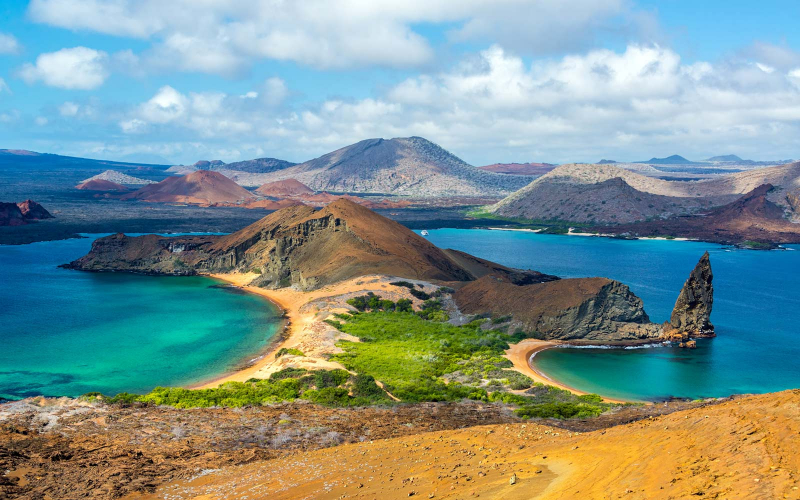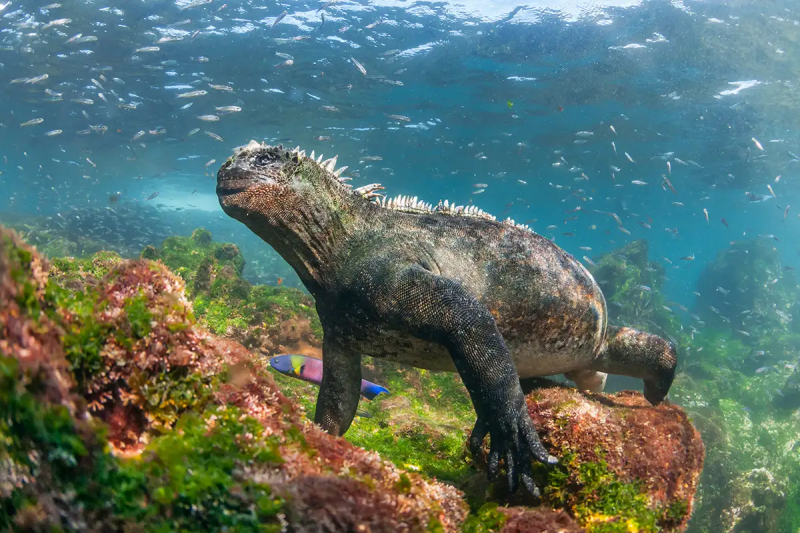The Galápagos Islands
The Galápagos Islands have captivated and inspired travelers from all over the world since its "discovery" in the 16th century. This UNESCO World Heritage Site, named after the islands' gigantic tortoises, is home to a unique ecology that has evolved mainly without outside influences (mainland Ecuador lies some 1,000 kilometers to the east). As a result, a trip to this unspoilt region provides an unparalleled opportunity for animal observation. On land and in the surrounding oceans, you can see a variety of unique species.
The Galápagos Islands remain one of the world's most active volcanic zones, and the islands' formation is continually ongoing. In the 1950s, the Galápagos National Park was established, including the majority of the 13 big islands, six smaller islands, and 42 islets that make up the Galápagos.
Visiting this vulnerable ecosystem is only possible as part of a guided tour to designated visitor spots, which is understandable. Visitors can, however, go to a few places without a guide, including several popular with scuba divers. The region's many rare bird species, including 28 that are unique to the islands, are the main draw here. There are 13 species of Darwin's famous finches, as well as the Galápagos penguin, flightless cormorant, and waved albatross.
- Hot Tip: If you're visiting the Galápagos Islands, make a reservation for a behind-the-scenes tour of the Charles Darwin Research Station at Puerto Ayora, Santa Cruz Island. Tours of this important research facility can be scheduled ahead of time and are well worth the time.
Location: Pacific Ocean












